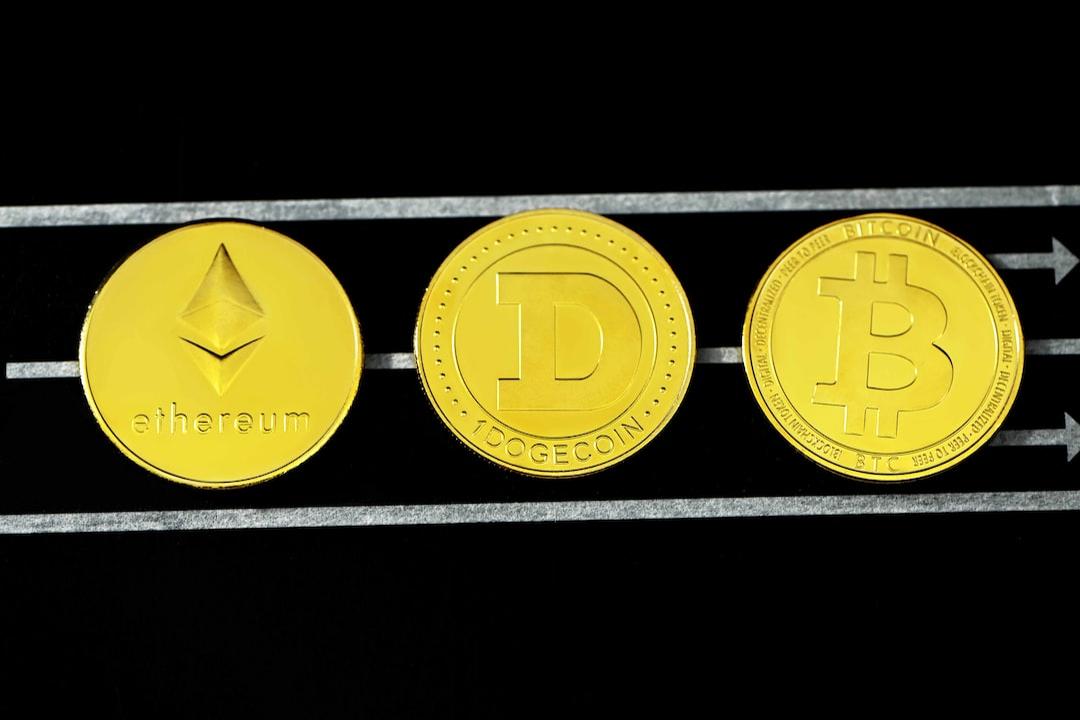Table of Contents
- Institutional Investors Bearish on ETH
- Standard Chartered Bank Cuts ETH Price Target
Institutional Investors Bearish on ETH
Ethereum’s performance in this bull market has been quite poor, and during market corrections, it has dropped more sharply than others, leading to a rapid decline in investor confidence. According to Bloomberg statistics, the net total of leveraged positions in Ethereum cash settlements at the CFTC and CME has significantly surged, with net leveraged positions remaining in negative territory for an extended period. Particularly since February 2025, short positions have reached extreme lows, indicating that institutional investors are also pessimistic about Ethereum and have opened a large number of leveraged short positions against it.

Standard Chartered Bank Cuts ETH Price Target
Meanwhile, analysts at Standard Chartered Bank have noted in a recent report that Ethereum’s price will continue to “structurally decline” by the end of this year, lowering their price target for 2025 from $10,000 to $4,000. Geoff Kendrick, the bank’s global head of digital asset research, pointed out in a market report that the market capitalization ratio of Ethereum to Bitcoin (ETH-to-BTC ratio) has reached an all-time low, and is expected to continue to decline slowly until the end of 2027. Even if Ethereum’s absolute price rises, its market capitalization will increasingly diverge from Bitcoin.
Geoff Kendrick attributes Ethereum’s declining relative dominance to the rise of Ethereum Layer-2 networks, including the Base network supported by Coinbase. He estimates that Base has siphoned off $50 billion from Ethereum’s market capitalization, as users trading on Layer-2 networks rather than the mainnet direct transaction fees elsewhere, reducing the fees collected by Ethereum and subsequently impacting ETH prices.
Kendrick believes that if the Ethereum Foundation proactively alters its business strategy, such as taxing Layer-2 networks, it could alleviate these issues and enhance its market share, although he finds this “unlikely.” He mentions that if tokenization of real-world assets (mostly built on Ethereum) suddenly gains popularity, or if Ethereum’s security advantages are sufficient to maintain its appeal in that area, it could help Ethereum retain its market dominance. However, he does not consider these as reliable foundations for his mid-term outlook.
At the same time, the Ethereum community is preparing for the largest upgrade since the “Merge” in 2022—Pectra, which is expected to launch on the mainnet as early as April 25. Pectra will enhance ETH staking capabilities, significantly increase existing limits, and allow payment of gas fees using cryptocurrencies other than ETH. However, this upgrade has encountered technical issues during testing, and based on the current market reaction, even if the upgrade is successfully completed, it is unlikely to provide significant assistance to ETH prices.

